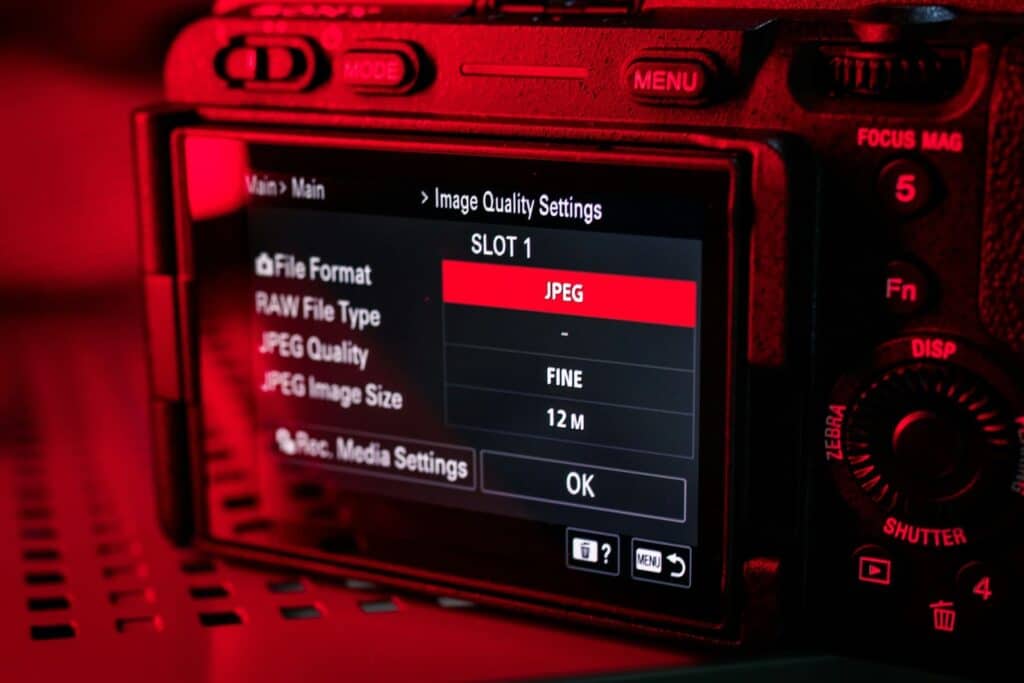Efficient image management on a server is essential for improving load times and reducing resource consumption. Tools like JPEGOptim enable quick and effective JPEG compression, optimizing web application performance. Below, we explain how to use JPEGOptim to compress images on a server, including practical examples and additional commands.
Installing JPEGOptim
JPEGOptim can be easily installed on Linux servers. The installation process varies depending on the operating system distribution:
- CentOS/RHL:
yum install jpegoptim - Ubuntu/Debian:
apt-get install jpegoptim
Additionally, it is recommended to install OptiPNG to optimize PNG images on the server.
Basic Usage of JPEGOptim
JPEGOptim offers multiple options for compressing images. Here are some of the most commonly used commands:
- Optimize a Single Image:
jpegoptim image.jpg
This command optimizesimage.jpgand replaces the original file with the compressed version. By default, it uses a compression level of 75%, adjustable with the-moption. - Optimize Multiple Images:
jpegoptim image1.jpg image2.jpg image3.jpg
Optimizes multiple specified images. You can also use wildcards to compress all JPEG images in a directory:bashCopiar códigojpegoptim *.jpg - Recursively Optimize Images:
jpegoptim -r /path/to/images
Optimizes all JPEG images in the specified directory and its subdirectories. - Display Optimization Statistics:
jpegoptim -v image.jpg
Displays detailed information about the optimization, including the original size, optimized size, and compression percentage. - Remove EXIF Metadata:
jpegoptim --strip-all image.jpg
Removes all EXIF metadata from the file, significantly reducing its size. - Set a Maximum File Size:
jpegoptim --size=100k image.jpg
Attempts to reduce the size ofimage.jpgto a maximum of 100 kilobytes. If this is not achievable, it applies the highest possible compression level.
Bulk Optimization with Advanced Commands
JPEGOptim is often used in conjunction with the find command to locate and compress images in bulk on a server:
- Compress All JPEG Images with a Specific Quality Level:
find . -type f -name "*.jpg" | xargs jpegoptim --max=60 -f --strip-all
This command finds all JPEG images in the current directory and subdirectories, removes metadata, and applies a maximum compression quality of 60%. - Optimize PNG Images with OptiPNG:
find . -type f -iname "*.png" -print0 | xargs -I {} -0 optipng -o5 -quiet -keep -preserve -log optipng.log "{}"
Optimizes PNG images using OptiPNG with compression level 5.
Practical Example
Suppose you have a server with a directory named /var/www/images containing thousands of JPEG images. To optimize them, follow these steps:
- Compress All JPEG Images with a Quality Level of 70% and Remove Metadata:
find /var/www/images -type f -name "*.jpg" | xargs jpegoptim --max=70 --strip-all - Generate Statistics on Space Savings:
find /var/www/images -type f -name "*.jpg" | xargs jpegoptim -v - Optimize PNG Images in Parallel:
find /var/www/images -type f -iname "*.png" -print0 | xargs -0 -n 1 -P 4 optipng -o5
Example Table of Optimization Commands
| Command | Description |
|---|---|
jpegoptim image.jpg | Optimizes a single JPEG image. |
jpegoptim -r /path/to/images | Recursively optimizes all JPEG images in a directory. |
jpegoptim --strip-all image.jpg | Optimizes an image by removing all EXIF metadata. |
find . -type f -name "*.jpg" | Finds all JPEG images in the current directory and subdirectories. |
jpegoptim --max=60 image.jpg | Sets the maximum compression quality to 60% for an image. |
find . -type f -name "*.png" | Finds all PNG images in the current directory and subdirectories. |
optipng -o5 image.png | Optimizes a PNG image with compression level 5 using OptiPNG. |
Conclusion
JPEGOptim is a powerful and versatile tool for optimizing images on servers. Its integration with commands like find allows for powerful automation, making it suitable for projects of any scale. Optimizing images not only enhances the user experience by reducing load times but also improves server efficiency, saving storage and bandwidth.

